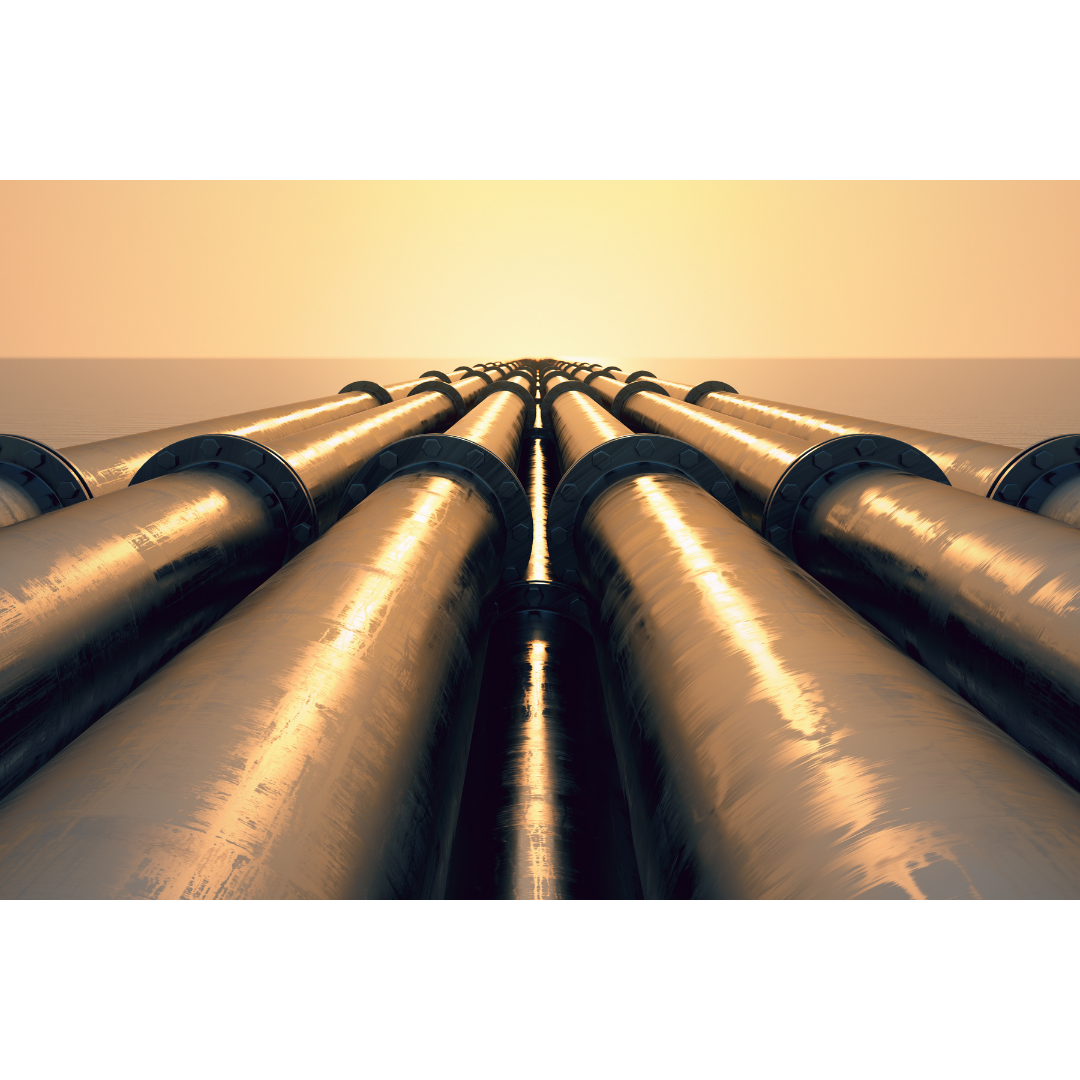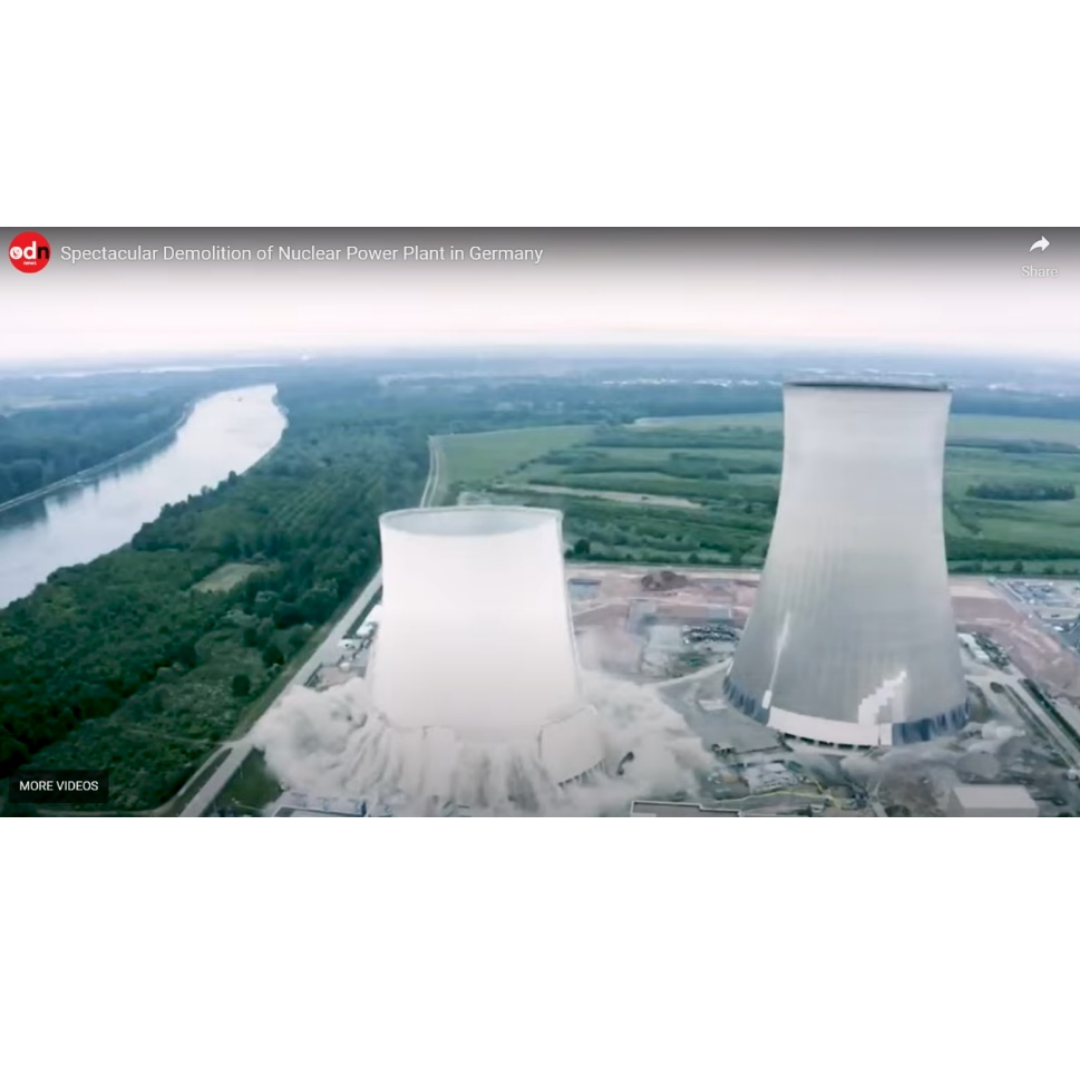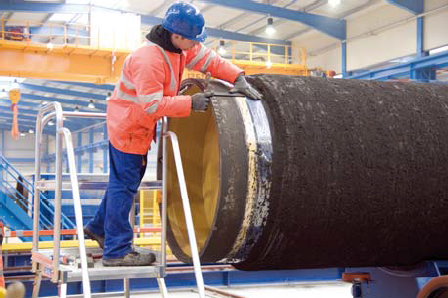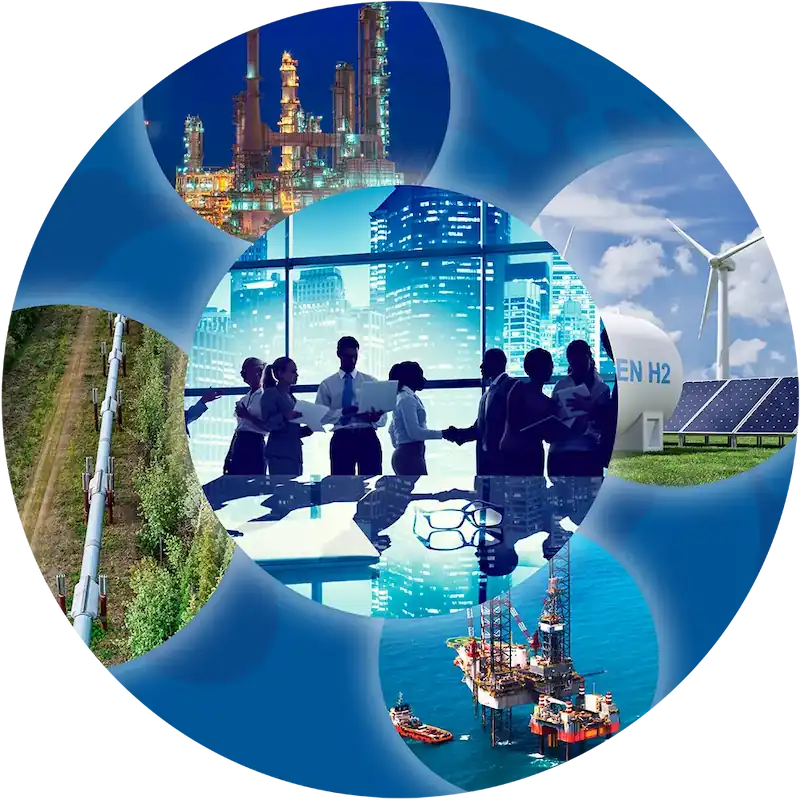
Estimation of Solubilities of Selected Hydrocarbons Compounds in Treating Solvents
This tip demonstrates applications of the models developed based on the experimental VLE and VLLE data measurements presented in the Gas Processors Association (GPA) research report RR-242. The models can be used for estimation of solubilities of selected hydrocarbons in pure water, unloaded amine solution, loaded amine solution with CO2 and/or H2S...
View Article

Nord Stream Long Distance Gas Pipeline – Part 3 Application of Basic and AGA equations for estimating maximum gas flow in a long‐distance pipeline
Following on the previous two tips of the month (TOTMs) on Nord Stream long distance pipeline for gas transmission from Russia to Europe, this TOTM discusses the application of various long distance gas transmission correlations/equations that are available to determine the maximum gas capacity of a long distance pipeline. In addition, calculations...
View Article

Parte 2 Corriente NORD STREAM – Varias vías paralelas hacia el éxito o fracaso?
Los Proyectos de la Corriente Nord Stream 1 & 2 son tremendos logros de la ingeniería. En un Previo del Mes anterior, hemos discutido los aspectos técnicos del Diagrama de Fase, y su fase densa correspondiente, la Hidráulica, Selección de Diámetro, Espesor de la chapa del oleoducto, perfil de la gradiente de presión, y capacidad de transmisión de...
View Article

Part 2: Nord Stream Pipelines – Multiple Parallel Paths to Success or Failure?
April 28, 2022
|
Tip of the Month
The Nord Stream 1 & 2 Subsea Pipeline Projects are a tremendous feat of engineering. In a previous Tip of the Month, we discussed the technical aspects of the Phase Envelope, Hydraulics, Diameter selection, Pipe wall thickness, pressure gradient profile, and flowrate for these multiple parallel pipelines.
This Tip of the Month will present some co...
View Article

Transporte del Gas Natural en su Fase Densa – Corriente Nord 1
April 12, 2022
|
Tip of the Month
Se han puesto en marcha gasoductos con capacidad del transporte del CO2, y el gas natural en su fase densa. Debido a la alta densidad de este resulta en gasoductos de menor diámetro representando ahorros sustanciales. El transporte de fase densa igual asegura la eliminación del liquido en la tubería para los sistemas de producción del...
View Article

Transportation of Natural Gas in Dense Phase – Nord Stream 1
March 30, 2022
|
Tip of the Month
Pipelines have been built to transport CO2 and natural gas in the dense phase region due to its higher
density which results in a smaller pipeline diameter resulting in significant capital cost savings. Dense phase
transport also provides the added benefit of no liquid formation in the pipeline for produced natural gas
gathering systems.
The applic...
View Article






